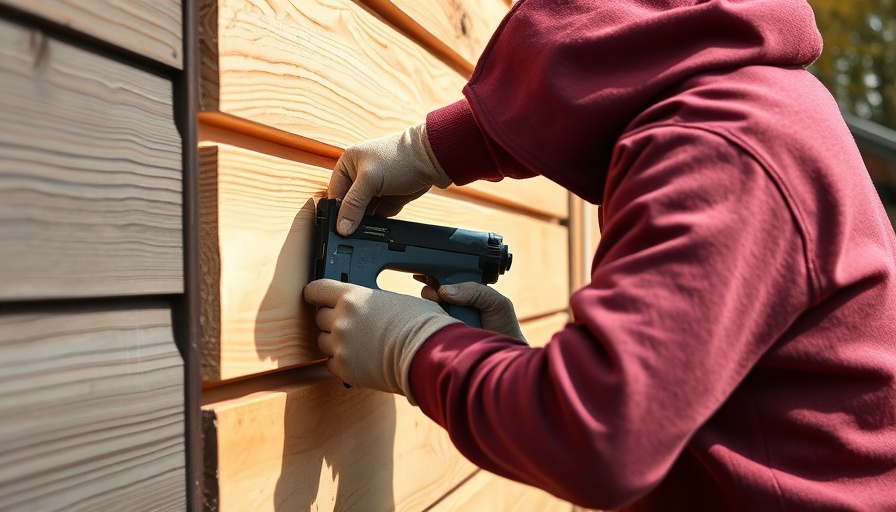
Making the Switch: Why I Chose an Upright Vacuum
In a world filled with futuristic gadgets boasting Wi-Fi connectivity and robotic vacuums that practically clean your home while you sip on your morning coffee, I recently did something that may seem utterly counterintuitive: I traded my sleek, high-tech stick vacuum for a trusty old-fashioned upright. Yes, the kind that comes with a hefty cord and a design that hasn't changed much since the 1950s. However, what I discovered during this transition was surprisingly liberating.
The Unexpected Joy of Simplicity
After years of being lured by the latest advancements in cleaning technology, I often found my stick vacuum lacking in suction power. It was lightweight and easy to handle, but cleaning my carpeted floors felt like using a feather duster on a chalkboard. The upright vacuum, in contrast, utilizes an older yet reliable technology: suction powered by a strong motor, often leading to cleaner carpets in a single pass.
Healthier Living: Allergens Beware!
Not only did I find increased cleaning efficiency, but switching to an upright vacuum also has health benefits. Traditional vacuums usually come equipped with HEPA filters that capture finer dust and allergens more effectively than many modern stick vacuums. With them, people like me—who suffer from allergies—can breathe a little easier. As homes become more energy-efficient and sealed, the dust we’re living with just keeps circulating. An upright vacuum not only picks it up, it helps ensure it doesn’t land back on our floors.
The Nostalgic Factor: Rediscovering Cleaning
There’s also something charming about using an upright vacuum. Unlike the streamlined, futuristic designs of stick vacuums, the upright feels solid and dependable. It's like returning to a simpler time, where a tool's purpose was straightforward: to clean. I found myself taking a little more time to enjoy the cleaning process rather than rushing through it, induced by the rubbery lightness of my previous stick vacuum.
Countering the Myths: Technology Isn't Always Better
Many people cling to the notion that advanced technology leads to superior results. Yet, sometimes it's about the fundamentals. While tech advancements are impressive, similar to how smartphones have made communication easier, they haven’t always added value to our cleaning experience. My upright vacuum reminded me of this; simplicity could be the key to not just cleaning, but enjoying the task.
Looking Ahead: The Future of Cleaning
Will this be my last vacuum purchase? Only time will tell! However, as technology continues to evolve, I’ve learned to remain open-minded about new gadgets while embracing the strength of timeless designs. Perhaps one day I’ll add an automated robotic vacuum into the mix, primarily for those busy days. But for now, the nostalgic chug and rumble of my upright vacuum is music to my ears.
In this tech-driven era, it’s easy to forget the joy of elemental tools. Knowing when to embrace modernity and when to step back into the past can lead to innovation and satisfaction in our homes. Perhaps you, too, might consider dusting off that old vacuum from the corner of the garage—there might be charm and effectiveness waiting within it.
 Add Row
Add Row  Add
Add 



Write A Comment